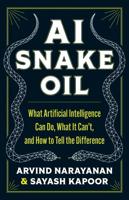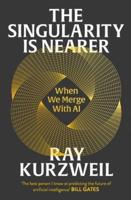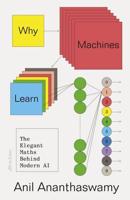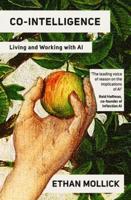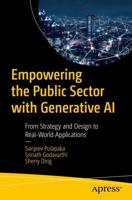Publisher's Synopsis
The advent of Artificial Intelligence (AI) has ushered in a new era of innovation, particularly in industries where efficiency, precision, and predictive capabilities are paramount. One such sector that has witnessed significant transformation through AI is the steel industry. The processes within steel manufacturing, from production to quality control and supply chain management, are complex and multifaceted, often requiring the handling of vast data and intricate decision-making models. Artificial Intelligence has emerged as a pivotal tool in addressing these challenges, offering solutions that enhance productivity, reduce costs, and ensure higher quality in the final products.
This book, AI in the Steel Industry: Understanding Artificial Intelligence Using the Steel Industry Data, aims to bridge the gap between theoretical concepts in AI and their practical application in the steel sector. By focusing on real-world data and case studies, this book provides readers with a comprehensive understanding of how AI models can be implemented and optimized within the industry. Whether you're an AI enthusiast, a steel industry professional, data scientist, or an industry professional looking to leverage AI for improved decision-making, this book will provide valuable insights into the symbiotic relationship between AI and the steel industry. Throughout the following chapters, we explore a range of topics from the basics of AI and machine learning to the specific challenges and opportunities within the steel industry. Detailed examples, analyses, and industry-specific case studies will guide you through the complexities of applying AI in areas such as process optimization, predictive maintenance, quality control, and supply chain forecasting. The various types of data used throughout the discussions in the book will serve as a foundation for understanding AI, allowing you to further experiment with real-world data as you explore further. The steel industry, with its unique characteristics and high demands for efficiency, serves as an ideal setting for demonstrating the potential of AI to transform traditional manufacturing processes. As we explore the integration of AI into this field, we hope to inspire the next generation of thinkers and practitioners who will shape the future of industrial AI. We invite you to join us on this journey, where theory meets practice, and AI's potential within the steel industry becomes clearer, more actionable, and ever more powerful.

